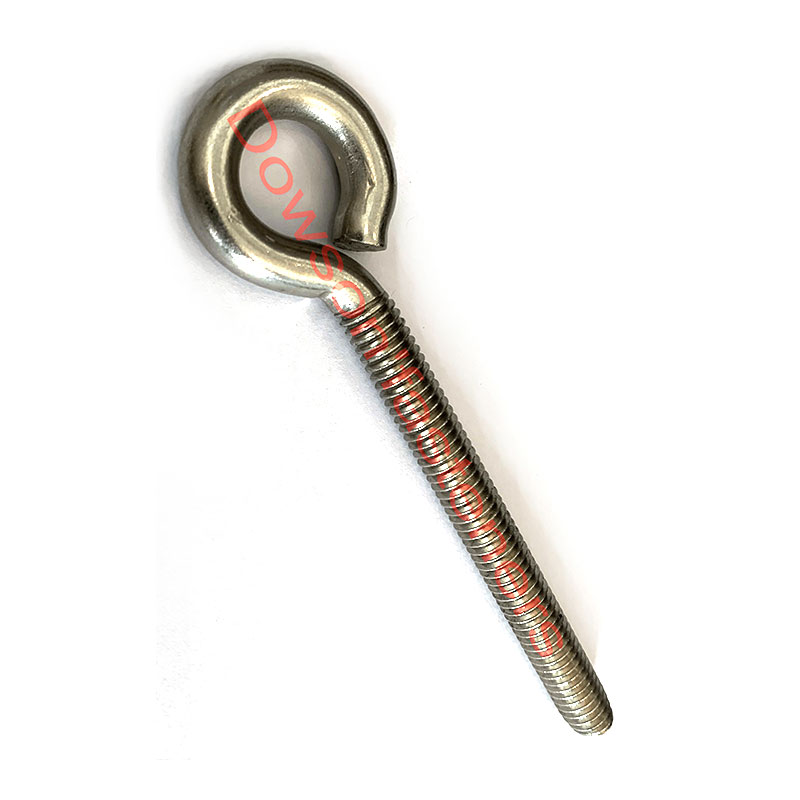Shielding Steel: The Art of Coating Bolts for Corrosion Resistance
2023-12-13
Introduction:
In the intricate world of fasteners, where strength and durability are paramount, the battle against corrosion is a constant challenge. Bolts, being foundational elements in construction and manufacturing, often face harsh environments that can compromise their integrity over time. Enter the art of coating bolts for corrosion resistance – a crucial process that enhances their lifespan and ensures they remain steadfast in the face of rust and decay.
The Corrosion Conundrum:
Corrosion is the gradual degradation of materials, especially metals, due to environmental factors such as moisture, salt, and chemical exposure. In the context of bolts, which are commonly made of steel, corrosion can weaken the structural integrity and compromise their ability to hold things together securely.
The Coating Crusade:
To fortify bolts against the relentless forces of corrosion, various coating methods are employed. Each technique offers a unique set of benefits, providing a protective layer that shields the bolts from the corrosive elements they may encounter. Here are some common methods used in the coating crusade:
1. Hot-Dip Galvanizing:
One of the oldest and most effective methods, hot-dip galvanizing involves immersing bolts in a bath of molten zinc. This results in a thick, durable coating that acts as a sacrificial layer, corroding over time to protect the underlying steel.
2. Electroplating:
Electroplating is a process where bolts are submerged in an electrolyte bath with a zinc or other metal solution. An electric current is then applied, causing the metal to adhere to the bolt's surface. This method provides a more controlled and uniform coating compared to hot-dip galvanizing.
3. Sherardizing:
Sherardizing involves placing bolts in a sealed container with zinc dust. The container is heated to a temperature where the zinc vaporizes and diffuses onto the surface of the bolts, creating a durable and corrosion-resistant coating.
4. Mechanical Plating:
In mechanical plating, bolts are tumbled in a barrel along with zinc particles, glass beads, and a special mix of chemicals. The impact of the particles on the bolts' surface results in the deposition of a zinc coating, providing corrosion resistance.
5. Coating with Organic Materials:
Organic coatings, such as epoxy, polyurethane, or polyester, are applied to bolts to provide a protective barrier against moisture and chemicals. These coatings are often used in situations where aesthetic considerations or specific environmental conditions dictate the need for a different type of protection.
The Benefits of Coated Bolts:
1. Extended Lifespan:
Coating bolts for corrosion resistance significantly extends their lifespan, reducing the frequency of replacements and maintenance.
2. Enhanced Durability:
The protective coatings create a robust shield, enhancing the bolts' overall durability and ability to withstand harsh environmental conditions.
3. Reduced Maintenance Costs:
Coated bolts require less maintenance, translating to cost savings over the long term. The protection offered by the coating minimizes the need for frequent inspections and replacements.
4. Versatility in Applications:
Coated bolts are versatile and find applications in diverse industries, from construction and infrastructure to marine and automotive, ensuring reliable performance in various environments.
Conclusion:
In the ongoing battle against corrosion, coating bolts is a strategic defense, preserving the strength and reliability of these essential fasteners. Whether through hot-dip galvanizing, electroplating, or innovative organic coatings, the art of shielding steel from the elements ensures that bolts remain steadfast, securely holding together the structures and machinery that shape our world. As technology advances, the quest for even more effective and environmentally friendly coating methods continues, promising a future where bolts withstand the test of time with resilience and longevity.



